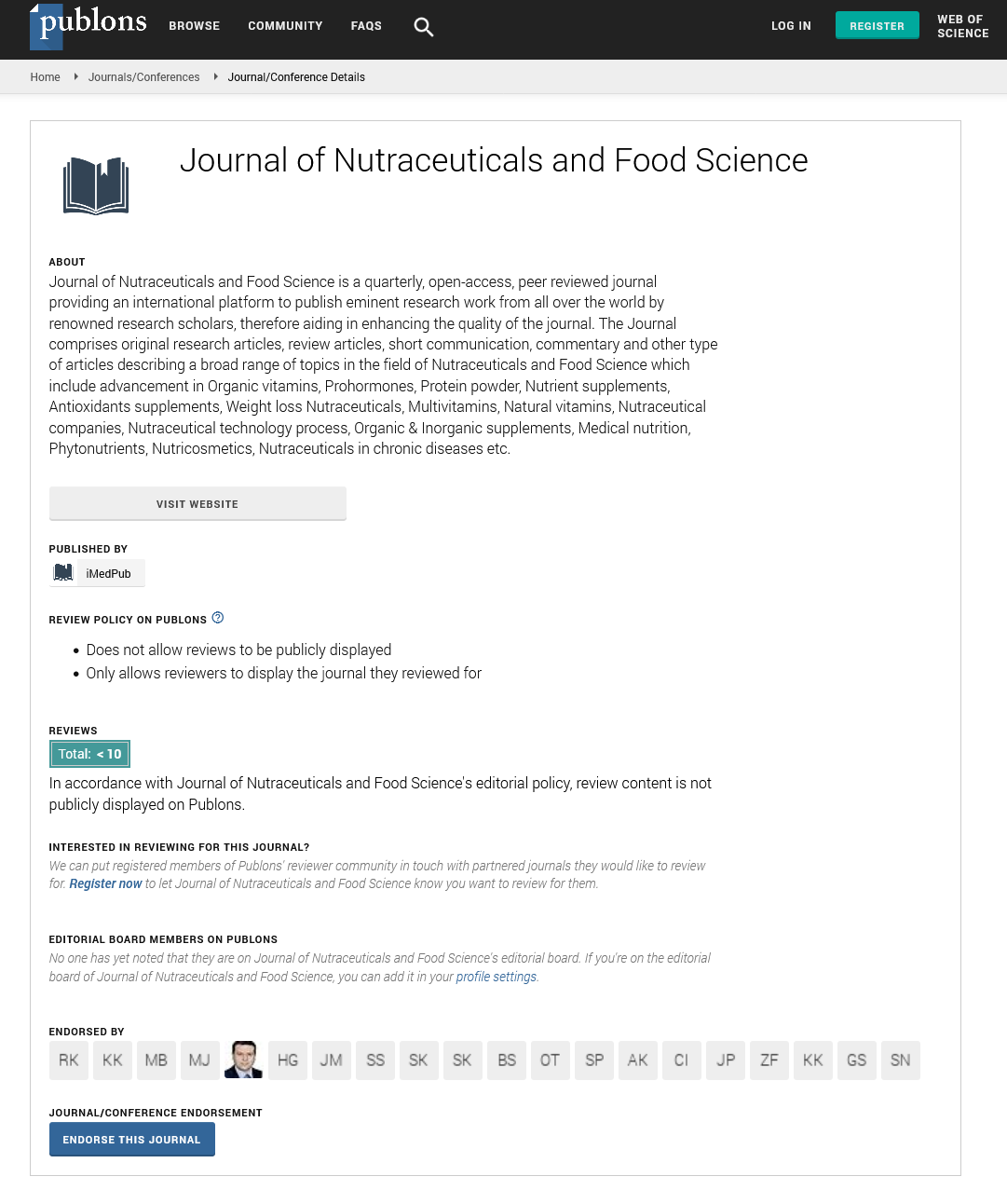Abstract
Variation of physical properties, nutritional value and bioactive nutrients in dry and fresh wild edible fruits of twenty-three species from Far North region of Cameroon
During the last decades, scientists across the world are searching for new food ingredients in fruits for healthier diet to prolong human life. The Far North region of Cameroon (FNC) have various wild edible fruits which are eaten in fresh and dry forms. Thus, the present study aims to investigate for the nutritional value, bioactive nutrients and physical properties of twenty-three species of some these wild edible fruits. They were collected at various seasons, then powdered after drying at 60°C in oven for performing analyses. The results showed a significant (p <0.01) difference among twenty-eight fruits. Z. mauritiana (99.39 g/100g) and Z. spina-christi (56.78 g/100g) had the highest dry matter among dry and fresh fruits, respectively, however, dry and fresh forms of P. reclinatum (Pre) showed significantly higher carbohydrates content (52.34 and 60.95 gGE/100g, respectively) compared to others. Protein content was highly found in B. eagyptiaca (165.98 mg/100g) and Pre (124.17 mg/100g) among dry and fresh fruits, respectively. Additionally, dry fruits had higher energy (141.08 to 244.50 Kcal/100g) than the fresh fruits (39.70 to 307.48 Kcal/100g) except Pre and H. thebaica. For the bioactive nutrients (mg/100g), lutein (123.65), β-carotene (74.43), αcarotene (72.88), and vitamin C (780.16) contents were high in dry fruits, while the fresh fruits showed high contents of lycopene (70.61 mg/100g) and vitamin A activity (0.54 µgRAE/100g). The highest contents of biactive nutrients may be one of the key indicator of beneficial bioactive properties, which might be helpful in protecting the body against diseases. The present study reveals that the wild edible fruits of FNC are a good new food sources of nutritional and bioactive ingredients. Thus, their daily consumption can be used to overcome malnutrition and maintain a healthy state and prevent various diseases. Furthermore, they can be used as new food ingredients for food formulation purposes.
Keywords: Nutritional composition, Bioactive nutrients, Wild edible fruits, New ingredient, Far North region, Cameroon
Author(s):
Laya Alphonse
Abstract | Full-Text | PDF
Share this

Google scholar citation report
Citations : 393
Journal of Nutraceuticals and Food Science received 393 citations as per google scholar report
Journal of Nutraceuticals and Food Science peer review process verified at publons
Abstracted/Indexed in
- Google Scholar
- Publons
- Secret Search Engine Labs
Open Access Journals
- Aquaculture & Veterinary Science
- Chemistry & Chemical Sciences
- Clinical Sciences
- Engineering
- General Science
- Genetics & Molecular Biology
- Health Care & Nursing
- Immunology & Microbiology
- Materials Science
- Mathematics & Physics
- Medical Sciences
- Neurology & Psychiatry
- Oncology & Cancer Science
- Pharmaceutical Sciences


